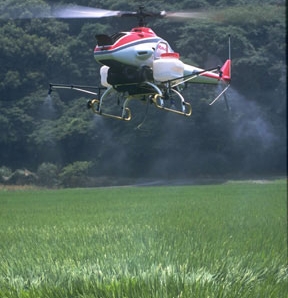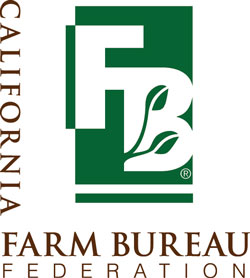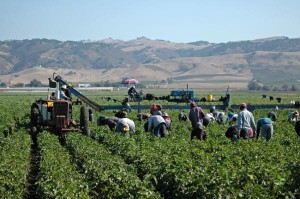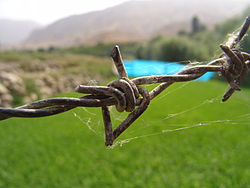 Unmanned aircraft will soon have a new duty to fulfill on U.S. soil: taking care of our farms, ranches, and vineyards from high in the skies. New studies are currently underway by researchers at the University of California, Davis and elsewhere, and although the tests are still being conducted in order to work out all of the kinks, the initial data gleaned is promising in that these machines will not only be efficient but affordable as well.
Unmanned aircraft will soon have a new duty to fulfill on U.S. soil: taking care of our farms, ranches, and vineyards from high in the skies. New studies are currently underway by researchers at the University of California, Davis and elsewhere, and although the tests are still being conducted in order to work out all of the kinks, the initial data gleaned is promising in that these machines will not only be efficient but affordable as well.
According to an article published on Ag Alert’s website, UC Davis agricultural engineering professor Ken Giles “is the lead university researcher who is partnering with Yamaha Motor Corp. USA, to see how well Yamaha’s motorcycle-sized RMAX unmanned helicopter can been used for agricultural purposes in the United States, including aerial applications of agricultural chemicals.”
The Yamaha RMAX has been used over farms in Japan for years. It is 9 feet long and weighs 200 pounds. But there are many other types of unmanned aerial vehicles (UAVs), also known as drones, too.
The team of researchers from UC Davis began water-only applications from the helicopter last November at the UC Oakville Experimental Vineyard. Then, during the first week of June 2013, Giles and his team demonstrated the helicopter for reporters.
“We are able to cover the vineyard rows at about 12 to 15 miles per hour,” said Steve Markofski, a Yamaha business planner and RMAX operator. “Even when factoring in the refill time and so on, the RMAX is very efficient. Given the current spray method, at full spray it can operate for about 10 to 15 minutes. It can cover about four to 12 acres per hour.”
And the good news for researchers is that the helicopter seems to be providing thorough coverage across the vineyard. Moreover, according to Giles, the even better news is that the air currents stirred up by the aircraft’s rotors appear to cause the spray to reach even the undersides of the grapevine leaf canopy. The plan is to use these to not only spray chemicals, but also to survey large farms in order to pinpoint areas in need of fertilizer and pesticides, which will prevent a lot of waste.
The next step for researchers in California is to conduct application tests with common agricultural chemicals. This will allow them to compare the safety, costs, and efficiency of this new method to the classic approach using a tractor-drawn spray rig.
“From the viewpoint of agriculture, we are looking at this as a way to improve the productivity and ultimately reduce the need for a lot of crop inputs. This type of vehicle allows you to do treatment and inspection of agricultural fields on a very focused basis,” Giles said.
While drones are currently generally connected with warfare, many people feel this perception will change very soon. These UAVs will become a permanent fixture on farms, ranches, and vineyards across the country and across the world, as they will undoubtedly reduce waste and save time and money.
You can watch a video of these helicopters in action on YouTube here.

 Working out in the heat and under the sun during the summer months can have devastating effects on the mind and body, especially when the proper precautions are not taken. If you work outside or employ workers who spend long hours out in the elements where heat is an issue, consider reading through the following tips to ensure a safe and happy summer season on your ranch, farm, or vineyard.
Working out in the heat and under the sun during the summer months can have devastating effects on the mind and body, especially when the proper precautions are not taken. If you work outside or employ workers who spend long hours out in the elements where heat is an issue, consider reading through the following tips to ensure a safe and happy summer season on your ranch, farm, or vineyard.

